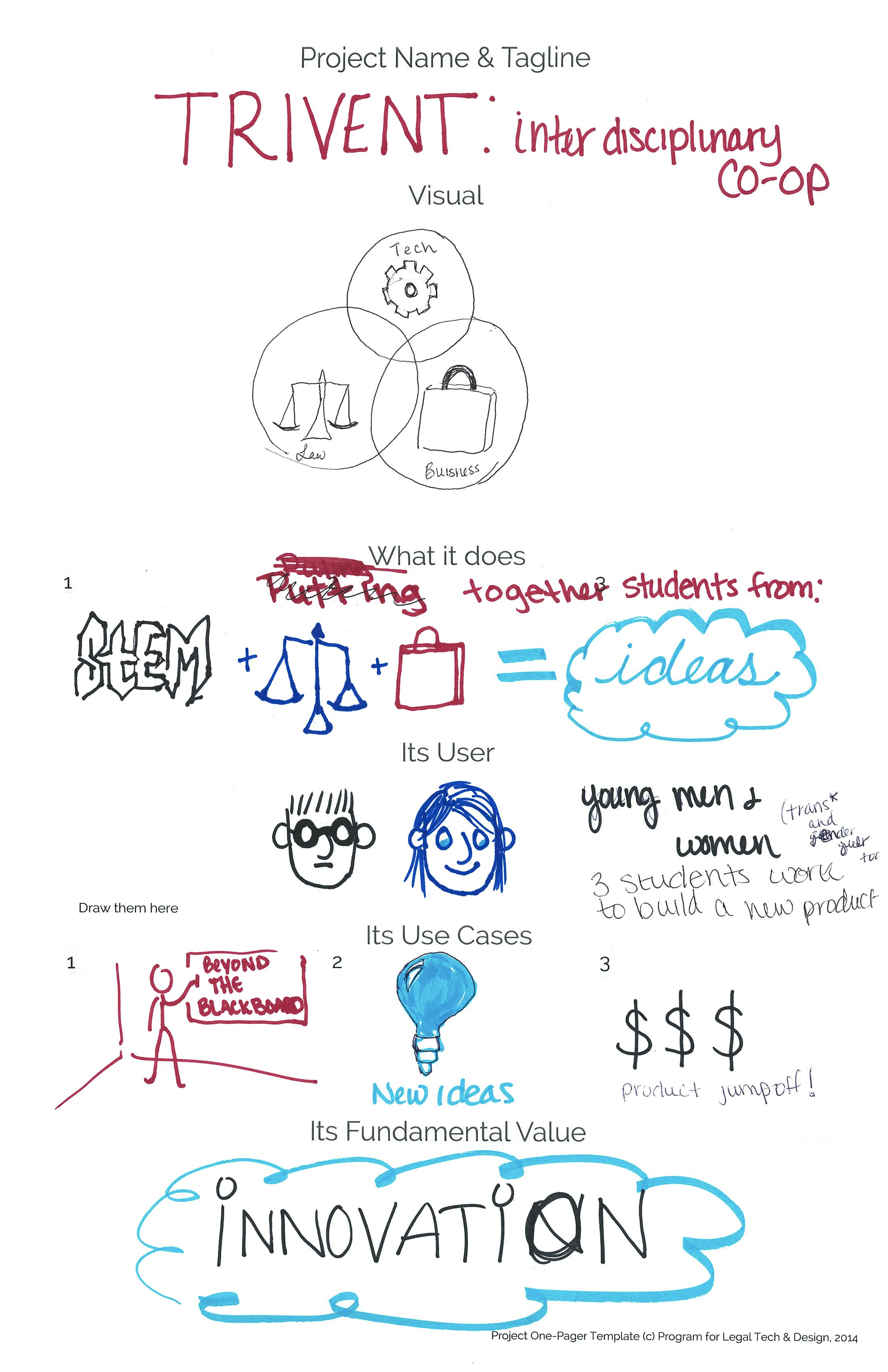
Here’s a wonderful post from Jordan Furlong on How I learned to stop worrying and love project management. He lays out some of the advantages of a process-based approach that comes with project management, and how it can improve legal professionals’ work:
- It’s easy to understand.
- It’s inexpensive to implement.
- It lowers costs.
- It improves quality.
- It enhances communication.
- It facilitates lawyer training.
- It makes fixed fees profitable.
- It makes clients happy.
He then finds the resistance for why lawyers resist project management — but also the increasing interest from lawyers in it.
The good news is that project management is starting to catch on within the profession. Two excellent recent articles in the legal press illustrate this, one in Canadian Lawyer (in which I’m briefly mentioned) and one in the Legal Intelligencer, which tells the success story of a law firm (Dechert) that took project management seriously, engaged a consultant (Pam Woldow) to help, and can already see the benefits. More good news comes courtesy of Tim Corcoran‘s terrific blog post that addresses common concerns about legal project management and should be read by every firm whose lawyers are generating static about LPM. There’s also a very good book and a very good blog about legal project management by Steven B. Levy. In short, there’s a growing wealth of resources and reasons for lawyers to leap onto the project management express — yet this train still has many empty seats.
These same articles point us in the direction of the problem. “It’s pretty tough to get lawyers to change their ways,” a big-firm partner told Canadian Lawyer. A regional managing partner at Dechert entered training with deep misgivings about its broad applicability. “Doesn’t legal project management apply only to commodity practices?” is a question Tim Corcoran has to address. Resistance to innovation, yes — we all know that fits lawyers to a T. But what really comes across from these accounts is a sense that lawyers aren’t trying project management primarily because they don’t want to. It’s a resistance that does not, I think, have much to do with lawyers’ inability to grasp project management’s features or benefits. I think it has much more to do with lawyers’ distaste for procedure, systematization, methodology, routine — with process. For most lawyers, as my Edge colleague Rob Millard says, “process is a dirty word.”
Furlong points to the potential for project management — that even unique legal services can benefit from a process-based approach.
The truth is, much of what lawyers do can be charted, diagrammed and proceduralized, and both the quality and the cost will be better for it. But that doesn’t mean there’s no room for smart, creative lawyers in the future. For one thing, systems don’t need to be straightforward and monotonous. More often than not, especially in the law, they’re complex and challenging, and they can easily be made elegant, precise, finely tuned, honed to a keen edge — the imagery of swordsmanship is intentional. And even within systems, a lawyer’s unique judgment, analysis and creativity can emerge. I teach a children’s liturgy class on Sundays, during which all the kids are given the same picture to colour; working from the same template and the same box of crayons, each of them produces vividly different and personalized pictures. The same can and does happen when lawyers work within systems.
Legal service providers who adopt systematic processes like project management will be more successful than those who don’t; there’s no doubt in my mind about this. So like it or not, you’ll have to embrace this new methodology. But what I really want to urge you to do is, in fact, to like it. Process is not a diminution of your intellectual gifts; it’s the honing, disciplining and improvement of them. Frameworks and road maps have never hurt anyone, and they’ve gotten things built and lives changed far more effectively and comfortably than we could have managed in their absence. Take a new approach to process — look at it with a fresh eye, and see what it can add to your professional life rather than what it can take away. Process doesn’t have to be a necessary evil; it can easily be a necessary good….
In his comments in response to the article, Furlong also sums up the basics of what Legal Project Management would look like, quoting from the Lexician blog.



Consider an LPM project as consisting, in brief, of four stages:
1. Initiation. Get the ducks in a row. Should we take this case? Is it one we can manage? For a firm, can we do so profitably? Let‘s say we take it. Who‘s the lead attorney? Who‘s managing the project, if not that attorney? Who are the key players? What do they need? Do we know what success – “Done” – looks like? If this stage is skipped – and it too often is given the most cursory attention – failure is predictable.
2. Planning. Who should work on the project? Are they available? What does the schedule look like? Does it fit within the deadlines? What are the big risks – and how can we mitigate them? What are our costs? For firms or departments that charge back, do we have agreement with the client on fees? Many projects hit the failure track when Planning is skimped to jump into Execution.
3. Execution centers on the actual legal work and generally consumes the vast majority of work time in Legal Project Management. (In other project management arenas, Planning may be the longest stage.) Execution corresponds to the core legal work such as research, drafting, pre-trial or trial work, and so on. Note that planning your legal strategy is actually part of project Execution.
4. Delivery and Evaluation. What does the client get when we‘re done? (Most but not all legal projects have a small delivery stage.) What‘s the client‘s feedback? What‘s our own? What could we do better next time? Don‘t skip this stage no matter how rushed you are – especially the client-feedback part.